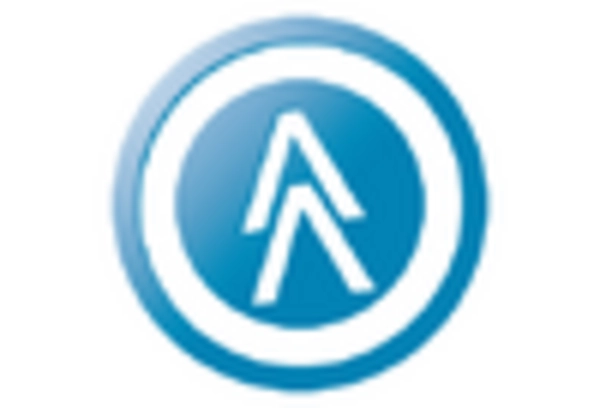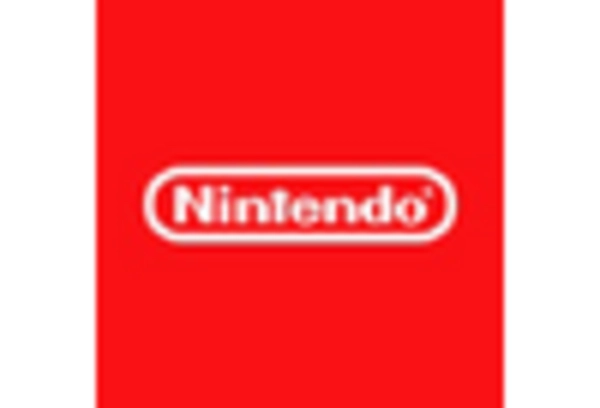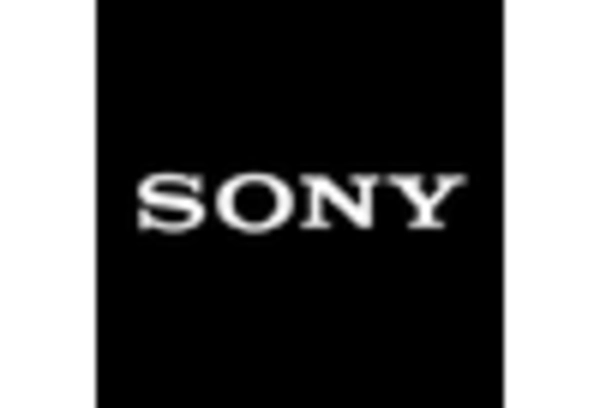Rise of Cross-Platform Play
The rise of cross-platform play is emerging as a transformative factor in the gaming console market, allowing players to engage with friends across different gaming systems. This trend enhances the social aspect of gaming, as it breaks down barriers between console ecosystems. As of November 2025, approximately 40% of popular titles support cross-platform functionality, which has been instrumental in expanding player bases and increasing game sales. The gaming console market is adapting to this shift, as developers and manufacturers recognize the importance of fostering inclusive gaming environments. This trend is likely to continue influencing consumer preferences and shaping future console development.
Expansion of Game Library Offerings
The gaming console market benefits from the continuous expansion of game library offerings, which plays a crucial role in attracting and retaining consumers. As of November 2025, the number of available titles across major platforms has increased by over 30% compared to previous years. This diversification includes a mix of genres, catering to various demographics and preferences. The availability of exclusive titles further enhances the appeal of specific consoles, driving sales and fostering brand loyalty. The gaming console market is thus witnessing a dynamic shift, where the breadth and depth of game offerings are pivotal in influencing consumer purchasing decisions and overall market growth.
Technological Advancements in Hardware
Technological advancements in hardware are significantly shaping the gaming console market, as manufacturers strive to deliver superior performance and enhanced user experiences. Innovations such as faster processors, improved graphics capabilities, and increased storage options are becoming standard features in new console releases. As of 2025, the average price of high-performance consoles has risen to around $500, reflecting the investment in cutting-edge technology. These advancements not only improve gameplay but also support the development of more complex and visually stunning games. The gaming console market is thus evolving rapidly, with hardware innovation serving as a key driver of consumer interest and market competitiveness.
Increased Demand for Interactive Entertainment
The gaming console market experiences a notable surge in demand for interactive entertainment, driven by a growing consumer preference for immersive gaming experiences. As of 2025, the market is projected to reach approximately $50 billion in revenue, reflecting a robust annual growth rate of around 10%. This trend is largely attributed to the increasing popularity of multiplayer and online gaming, which fosters social interaction among players. Furthermore, the rise of esports has significantly contributed to this demand, as competitive gaming events attract millions of viewers and participants. The gaming console market is thus positioned to capitalize on this trend, as manufacturers innovate to enhance user engagement through advanced graphics, storytelling, and community features.
Growing Interest in Virtual Reality Experiences
The growing interest in virtual reality (VR) experiences is becoming a significant driver for the gaming console market, as consumers seek more immersive gaming options. As of 2025, the VR gaming segment is projected to account for nearly 15% of total gaming revenue, indicating a substantial market opportunity. This interest is fueled by advancements in VR technology, which enhance realism and interactivity. Major console manufacturers are increasingly investing in VR-compatible hardware and exclusive titles to capture this emerging market. The gaming console market is thus poised to benefit from this trend, as the integration of VR experiences could redefine gaming and attract a broader audience.

















Leave a Comment